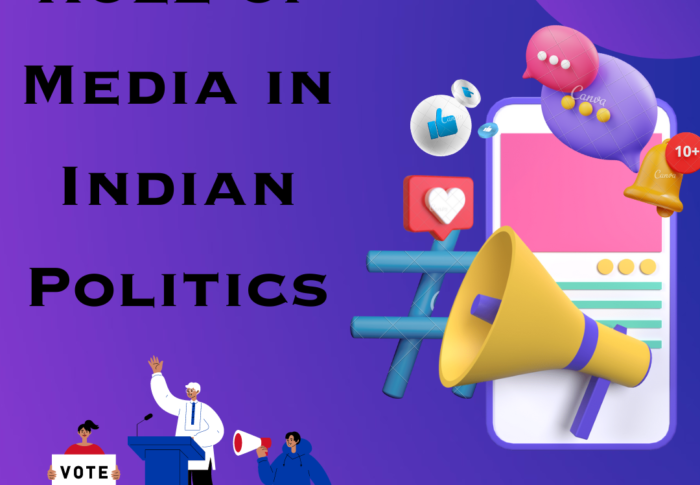
A Public Health Perspective on Alcohol & Substance Abuse
Keywords:- Public Health, Alcohol, Substance Abuse
Author: Dr. Saumya Lal
Introduction
It’s past time for us to rethink how we approach alcohol, drug abuse and substance use disorders as a society. The public’s attention, and that of federal, state, municipal, and tribal officials, has been drawn to a national opioid overdose crisis. Efforts to overhaul the healthcare and criminal-justice systems are opening up new avenues for expanding preventive and treatment programmes. The health care reform and parity laws are providing significant opportunities and incentives to address substance abuse and related disorders. They are aiming to do it more effectively in diverse health care settings.
Consequences of Alcohol and Substance Abuse
The level of intoxication of an individual is intricately linked with the different environmental factors. Therefore, the risks of drinking and alcohol-related problems are not merely limited to heavy drinkers. Moderate drinkers who drink occasionally, but in an unsafe environment are also at risk for an alcohol-related problem. Therefore, everyone who drinks can be at risk. Even people who do not drink are often the innocent victims of the effects of alcohol-related problems such as violent crimes and car crashes.
Public Health-Based Strategy to Deal with Alcohol and Substance Abuse
To enhance the health, safety, and well-being of the whole population, a public health-based strategy is used. It is expected to address the wide individual, environmental, and social variables that impact drug usage and its repercussions. Its goal is to better understand and manage the complex interplay of variables that drive substance usage and substance use disorders in different communities. It will coordinate efforts among many stakeholders to reduce both issues.
Throughout human history, substance addiction has been a difficult public health issue. Clearly, the two most prevalent techniques for dealing with the problem of drug misuse are prevention and therapy. They are multidisciplinary in nature, spanning the fields of heredity, biology, psychology, cognitive science, family, social development, and cultural structures. Empirical studies have been conducted to get the most up-to-date views and findings on the etiology, processes and influences of substance abuse across various domains. However, a multilevel perspective is thought to be more useful for analysing its complex nature, courses, and consequences. This implies that in the prevention and treatment of alcohol and substance misuse, several dynamic and integrative interventions may be required.
Techniques for Controlling Alcohol and Substance Abuse
The goal of primary prevention in public health has historically been to reduce the rate of occurrence (incidence) of a disease or condition in a given population. Prevention interventions deal with the problem differently. It can be thought of as an attempt to change an agent. It can also bring about changes in a host (person), or an environmental element that leads to an alcohol problem or to exploit a factor that lowers risk.
Several techniques have recently been developed, and in some instances adopted, to decrease injuries and deaths caused by drunk driving. Server interventions, for example, have been designed. It encourages commercial alcoholic beverage servers to act before a consumer becomes inebriated or drives while intoxicated. These interventions are used to augment the diagnosis and treatment of alcoholics in various countries. Making roads and cars safer are some ideas for reducing deaths caused by driving while inebriated. Given the complexity of the problem and the diversity of drinkers and drinking settings, no one preventive method is likely to be appropriate.
Public Health Model
The public health model’s perspective provides a synthesis of preventative aims. However, it is also important to create and assess effective prevention programmes using theoretical models. It can be done at both the person (micro) and the broader environment (macro) levels. At different levels of social complexity, multiple theoretical conceptions may apply to people at various phases of their lives, social networks, organisations, communities, and regions. Better integration of preventive efforts at many levels is required for optimally effective treatments. Additionally, research is required to allow the creation of specialised and comprehensive models that can bridge the gap between individual and social variables.
In addition to bridging the gap between micro and macro level methods, a multidisciplinary strategy should be considered. Insularity within disciplines does not encourage theory development. However, it does lead to a tendency to create poor interventions and measurements. Priority should be placed on encouraging interaction among the disciplines. It should specialize in micro-level conceptualizations (biological markers, individual psychological factors) and macrolevel disciplines (mass media, social marketing, organizational and community change, health education, diffusion theory, policy, economics).
It’s also crucial to connect data from individual-focused studies and population-based studies. The former, like developmental and clinical epidemiology, anthropology, and sociology with findings from the latter, like anthropology and sociology. High-risk groupings, subcultures, or important developmental stages across the life span (such as puberty) might be recognised in this way. Additionally, for both theory construction and effect evaluation, it is critical to identify important mediating processes and behavioural endpoints. A multidisciplinary approach will allow for the proper identification of preventative goals and the deployment of relevant theoretical models to aid in the change process optimization.
Role of Psychiatrists in Dealing with Alcohol and Substance Abuse
There is adequate information available to focus efforts on substance abuse prevention. Psychiatrists can play a critical role in creating appropriate prescription practices for medications with the potential for addiction. Treatment for early-onset of mental illnesses, screening for substance use in patients, and offering guidance can all assist to alleviate the problem’s burden. Despite advancements in the area, there is still a pressing need to create more effective preventive measures, with multidisciplinary research. It is inclusive of the assessment of intervention programmes and the receiving of special attention. Learning more about how experience affects the brain and the connection between genetic susceptibility and development need to be studied. This is especially for the children and adolescents exposed to drug use that can lead to better preventative efforts.
Drug Education
Drug education should focus on building health literacy (the information and skills needed to manage substance use) rather than lifestyle marketing from a health promotion standpoint. Instead, of focusing on drug usage per se, prevention efforts should focus on avoiding dangerous patterns of use. In addition, drug abuse treatment programmes should be tailored. It should allow people to choose their own objectives and services that best fit their requirements and help them improve their unique abilities.
Conclusion
One should shift focus from preventing or “solving” issues that many of us wrongly feel belong to “other people” in society. Rather, the focus should be on building individual and community capacities. For that, appropriate attention ought to be paid to both good public policy and community action.
Mail us at edumoundofficial@gmail.com
This write-up is edited by Somprikta Banerjee






